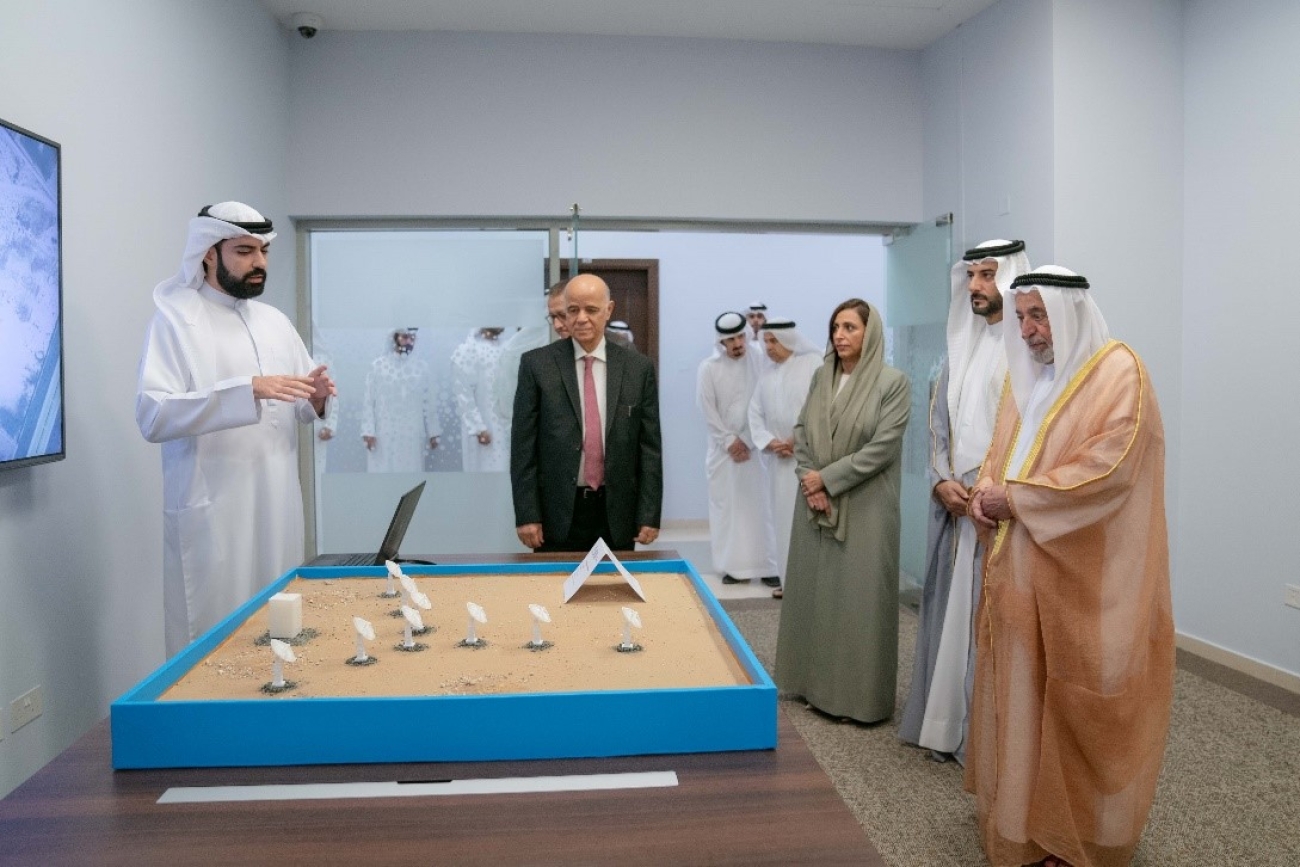The interferometer operates at a frequency of 1.4 GHz. It mirrors the Y configuration of the Karl G. Jansky Very Large Array (VLA), New Mexico, USA, which results in a collecting area of a 15-m antenna and 0.6-km baseline with an angular resolution of 41 arcsecs.
Radio interferometry is of great importance in astronomy and astrophysics. It allows scientists to study celestial objects and phenomena with exceptional detail and precision, providing valuable insights into the nature and structure of the universe. Here are some key reasons why radio interferometry is significant:
- High Angular Resolution: Radio interferometry combines signals from multiple radio telescopes at different locations, creating a virtual telescope with a much larger aperture. This results in a higher angular resolution than what can be achieved with a single telescope. The increased resolution allows astronomers to observe and image fine details in astronomical objects, such as individual stars, galaxies, and even quasars.
- Image Formation: By combining the signals from multiple telescopes, radio interferometry enables the formation of detailed images of radio sources. The technique can reconstruct the structure and morphology of astronomical objects with unprecedented clarity. This is crucial in studying complex and extended objects like supernova remnants, pulsars, and active galactic nuclei.
- Multi-Frequency Observations: Radio interferometers can simultaneously observe multiple frequencies or wavelengths, providing valuable information about the physical processes occurring in celestial objects. This allows astronomers to study the behavior of different components within an object, such as ionized gas, molecular clouds, and magnetic fields. In addition, researchers can investigate various phenomena by analyzing emissions at different frequencies, including synchrotron radiation, maser emission, and molecular spectral lines.
- Surveys and Large-Scale Mapping: Radio interferometry can be employed to conduct large-scale surveys and map the sky at radio wavelengths. These surveys help identify and catalog various radio sources, including pulsars, radio galaxies, and radio-emitting molecular clouds. By studying the distribution and properties of these sources, astronomers can better understand the large-scale structure of the universe and its evolution.
In summary, radio interferometry is a powerful technique that allows astronomers to study the universe in great detail. Its ability to provide high angular resolution, image formation capabilities, long baselines, multi-frequency observations, spectral line studies, and large-scale mapping makes it a vital tool for investigating a wide range of astrophysical phenomena.
Being the only Radio Interferometer in the Gulf region, the system will contribute to understanding the distribution of the large hydrogen structures found in galaxy clusters, giant radio sources, and future EHT observations. It will also help promote the radio astronomy program at the University of Sharjah.



